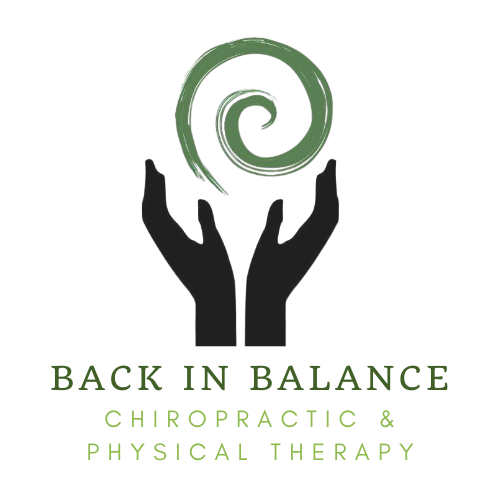The Four Causes of Sciatica
The Sciatica Series Part II

There is a cause to every effect
In order to fix something, we need to know the problem. In Part I, we discussed what the problem is and the anatomy of the sciatic nerve. Today, let’s take a look at the causes of sciatica—HOW YOU GOT HERE IN THE FIRST PLACE. Understanding the causes will further help us craft a solution and plan for prevention in the future!
The Four Common Causes
As you learned last week, sciatica is present when the nerve coming from your back radiates from your back, buttock, and down one or both legs into the feet. Now let’s talk about four of the most common causes of sciatica!
Herniated Disc
Between each vertebrae of your spine, you have a soft cushion made of cartilage—this is your disc. The disc was designed to absorb shock, allowing you to bend and flex. In the center of the disc is the gelatinous nucleus pulposus. In the event of an injury, the outer layer of the disc can rip which causes the nucleus pulposus to push out and compress the sciatic nerve.
Spinal Stenosis
Your vertebrae are shaped like blocks, perfectly squared. If your spine undergoes trauma, repetitive motions, or you are subject to genetic predispositions, bone spurs can develop on the edges of the vertebrae. If these bone spurs point inwards, they can create a narrowing of the spinal canal and compress the spinal cord and nerve roots. This is known as spinal stenosis and can squeeze the sciatic nerve and cause sciatica.
Spondylolisthesis
This is a condition where one of the spinal bones slip forward in relation to the one below is. When this happens, the sciatic nerve pinches and leads to sciatica!
Piriformis Syndrome
Your piriformis muscle is the muscle that connects your lower spine to your femur or upper thigh. The sciatic nerve runs through this muscle. When this muscle contracts for a prolonged period of time whether from injury, sitting for too long, or pelvic misalignments, the sciatic nerve becomes compressed and causes sciatica.
Risk Factors
It is important to know that certain activities and behaviors can put you at a greater risk of developing sciatica. These include:
- Certain careers- lifting, bending, twisting
- Weight Lifters with improper form
- Smoking- causes out layer of discs to break down
The Cause is Key
Knowing the exact cause of your problem is essential! This is why having a thorough evaluation and getting X-rays is the necessary first step to healing from sciatica.




Pingback: Making Sense of Sciatica - Part II - Back In Balance
Great and an informative article!
King regards,
Boswell Cannon